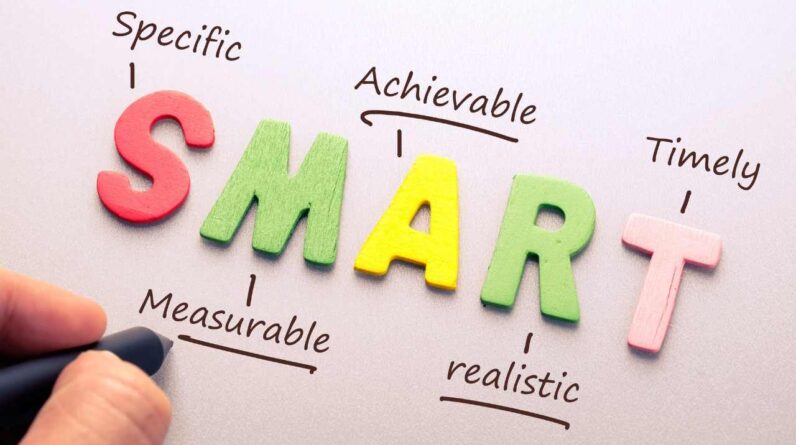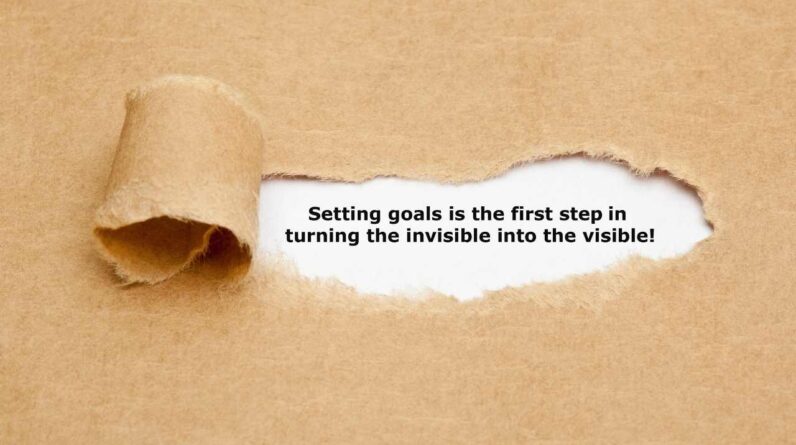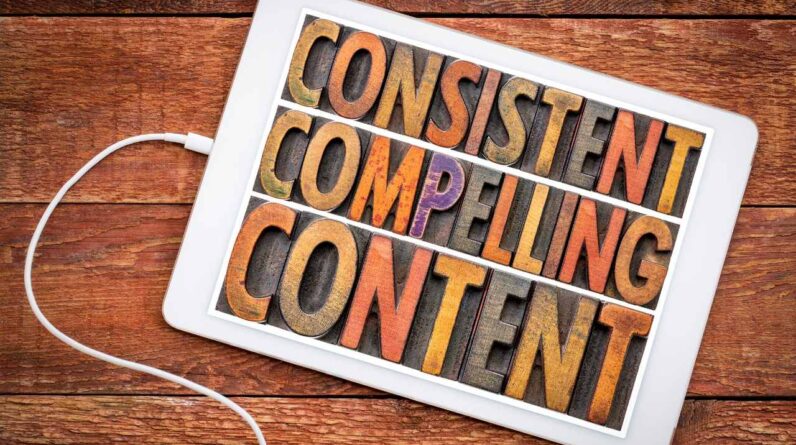
Jump Ahead to:
What is WEB 2.0?
If you ask a number of IT experts to define Web 2.0, you’ll likely receive two dozen different answers. In some respects, that’s the point: the precise meaning is still up for dispute.
This much is obvious: Web 2.0 signifies a significant change in the creation, sharing, storage, distribution, and manipulation of digital information. It will majorly affect how companies utilize the Internet and enterprise-level IT systems in the coming years.
Web 2.0, as the name implies, refers to a collection of next-generation Internet technologies. These protocols and technologies make it simpler to build dynamic web applications, similar to conventional PC-based software.
They’re also quite friendly, enabling users to experiment with new methods of manipulating and interacting with information. Web 2.0 shifts processing power away from the desktop and toward the Internet, resulting in less time and money spent managing PC applications.
Web 2.0 tools, on average, are less costly than conventional software, and several are even free. Because they’re Web-based, all you need is a current browser to get started.
Similarly, while conventional brick-and-mortar bookshops could only afford to stock and display a limited number of titles, Internet retailers like Amazon found that overall sales of niche titles outnumber top mass-market sellers.
In the new digital world of e-commerce, where counter space is no longer restricted, the enormous number of specialized books compensates for the higher sales of a few big titles.
Amazon.com was a pioneer in embracing user-generated content. The addition of amateur book reviews, with users able to offer personal opinions and communicate with other reviewers, was one of the attractions of buying on Amazon’s site.
Electronic games provided an even more successful commercial example of user-created content. By providing basic programming tools with their games, many businesses discovered that regular players could develop modifications or mods and new scenarios that elicited as much or more interest than the original game, extending the product’s lifespan sales.
This approach worked particularly well with websites that offer player games and forums for sharing information and data.
Web 2.0 has been difficult to define precisely because the idea encompasses a wide range of objectives and expectations for the future of the Internet and electronic publication in general.
Tim Berners-Lee, the creator of the World Wide Web, was a vocal opponent of Web 2.0, claiming that Web 1.0 was all about connecting people. If you define Web 2.0 as blogs and wikis, then you’re talking about people to people. But that’s exactly what the Web was intended to be from the start.

The History of Web 2.0:
The advancements provided by Ajax and other programs like RSS and Eclipse and the user empowerment they allow are the fundamental components of Web 2.0.
The phrase “Web 2.0” was created by Darcy DiNucci, an information architecture expert. In her essay “Fragmented Future,” published in 1999, she said that the Web as we know it today, which loads into a browser window in basically static screenfuls, is just the beginning of what’s to come.
The first glimmers of Web 2.0 are emerging, and we’re just getting a glimpse of how that embryo could grow. The Web will be seen as a transportation system, the ether through which interaction occurs, rather than a screen collection of text and images.
Following a symposium on next-generation Web ideas and problems hosted by O’Reilly Media and MediaLive International in 2004, Tim O’Reilly is widely credited with popularizing the phrase.
Following this, O’Reilly Media has attempted to trademark “Web 2.0” and hosts an annual conference with the same name.
Features of Web 2.0:
The following are the main features of Web 2.0 in general:
- Web-based apps are accessible from any location.
- Simple apps are designed to address particular issues.
- Content, not the tools used to show it, has value. Data can be easily shared.
- The distribution is bottom-up rather than top-down.
- Employees and consumers may utilize tools on their own.
- Social tools enable individuals to produce, collaborate, edit, classify, share, and promote information.
All of this has far-reaching consequences for information technology and human communications in the future. Web 2.0 introduces new methods for huge groups of people to interact and share knowledge while simultaneously diminishing the significance of the PC as a platform for information delivery.
When both the apps and the data feeds are available online, any device may act as an information terminal: your phone, your music player, the computer you’re using right now, and the computer you’ll be using next year.
Web 2.0 not only makes all of this feasible, but it also makes it cheap and simple to implement.
The Positive Elements:
Web 2.0 is all about simplicity from a philosophical standpoint. In practice, it decouples computing from stand-alone PCs, which lowers software deployment and administrative expenses significantly.
It uses open software protocols to allow for the unrestricted flow of data across various tools and users (minimizing the “silo” effect formed when data becomes locked in inside a particular technology platform or a functional group).
Finally, Web 2.0 enables new kinds of problem-solving that may offer company managers important ideas and insights since it fosters large-scale cooperation.

The Weaknesses:
Web 2.0’s hysteria may be off-putting — and perplexing. Some seasoned engineers believe that Web 2.0 is little more than a trendy new moniker for a collection of technologies that have existed for a long time.
Both of these critiques apply to any management considering Web 2.0 services for usage inside their organization. Because of the ambiguous nature of the phrase, some sellers may claim to be “Web 2.0” to attract attention – regardless of how dynamic, interactive, or based on recognized Web 2.0 protocols their product is.
Meanwhile, the inflow of venture money means that a growing number of Web 2.0 companies are hitting the market — but not all of them will succeed. Do your due research before making a significant investment in a Web 2.0-based product to evaluate the dangers and reduce your company’s susceptibility to unpleasant shocks.
What is Web 2.0 technology?
Web 2.0 is a phrase that refers to a collection of websites and apps that enable anybody to produce and share online information or content.
The ability to create, share, collaborate, and communicate is a major feature of technology.
Web 2.0 is different from previous types of websites in the sense that it doesn’t need any web design or publishing expertise to join, making it easy and simple for anyone to create, publish, or convey their work to the entire world.
Due to the nature of this technology, it’s a simple and widely held method to spread information to a small number of people or a large audience.
The university may use these technologies to interact with faculty, students, and other academic staff members. It may also be a useful tool for connecting with students as well as research collaborators.
Wikis, blogs, social networking, folksonomies, podcasting, and content hosting services are a few web 2.0 applications. Wikipedia, Facebook, MySpace, YouTube, and Flickr are just a few of the most popular Web 2.0 sites.
Wikis:
A wiki is a collaborative website that anybody in the user community may edit or add to. A wiki may be accessible to the public or limited to a particular network or group. Wikis may be used to cover a specific topic or subject area.
Wikis make it simple to search for and explore information. Wikis may contain pictures, voice recordings, and videos in addition to text.
Social networking:
Social networking is the process of a person creating a profile on a site and sharing that profile with other users who have similar interests to form a social network. Users may select between having public profiles that can be seen by everyone and having private profiles that can only be viewed by individuals they authorize.
On most sites, users may upload photos, music, and videos. Facebook and MySpace are two popular social networking sites.
Blogs:
Blogs are a combination of the terms weblog and blog. The majority of blogs offer opinions or information on a certain problem, event, or topic. In other instances, blogs are about a specific individual; they serve as an online, public journal.
A single individual or a small group of contributors typically maintains a blog. Visitors to the blog may leave comments on the posts or reply to other visitors’ remarks. Blogs are mainly text, but they may also take the form of pictures, audio, or videos.
Content Hosting Services:
Material hosting services, often known as content-sharing sites, enable users to share content they’ve produced with others. YouTube for videos and Flickr for pictures are two of the most popular of these sites.
Users may also make their profiles and upload their favorite pictures and videos. Users may score and comment on the films and pictures that have been uploaded and provide feedback to the author and other users. Because many users do not submit original material, copyright infringement is a problem for several sites.
Podcasting:
Podcasting distributes audio or video files via the Internet, which may be listened to or watched on a computer or downloaded to a portable device such as an iPod or MP3 player. A podcast will be regarded as an audio recording (audio podcasts) or a film (video podcasts).
Images, such as PowerPoint presentations may be used in podcasts. If the podcast has a screenplay or lecture notes, they will be protected as literary works. Depending on the podcast’s content, there may be several levels of copyright.
If a presenter or a subject is being interviewed, they will hold both copyright and performers’ rights in their presentation or interview. In addition, there will be a separate copyright in the recording itself.

Why Does It Matters Now?
To express his vision for the future of information technology, Sun Microsystems co-founder John Gage created the term “the network was the computer” in 1984. This was a daring statement at the time since it foresaw a future in which data networks would be strong enough to replace mainframes and desktop PCs as the major IT resource.
Web 2.0 is finally converting the network into a dynamic computing platform, even though it took more than two decades for the forecast to come true. Web-based apps nowadays are quick and dynamic, and they operate similarly to software installed on desktop PCs.
Google Spreadsheets, for example, is a spreadsheet program that functions similarly to Microsoft Excel but with three significant differences: It’s Web-based, so users don’t have to download or install any software; it’s collaborative, so many users may work on the same spreadsheet at the same time; and it’s free.
Instead of just reading a newsletter in a Web 2.0 environment, you could start publishing one yourself. Web 2.0 services may make it simpler to present data in a new manner if you’re dissatisfied with the way your existing program generates data.
Do you have issues with versioning in shared documents?
Web 2.0 enables several people to work on a document or spreadsheet simultaneously, while a computer maintains track of who made what changes where and when in the background.

The future of Web 2:0: Web 3.0:
Some industry experts are already suggesting that Web 2.0 is only a stepping stone between the early days of the World Wide Web and a more established era known as Web 3.0.
Tim Berners-Lee, the inventor of WWW (World Wide Web), believes that the Web as a whole can be intelligently built to be more intuitive about how to fulfill a user’s requirements.
Although search engines index a large portion of the Web’s material, Berners-Lee points out that they have limited capacity to pick the sites that a user truly wants or needs.
He proposes that both developers and writers utilize self-descriptions or similar methods, individually or collaboratively, to help future context-aware systems better categorize the information useful to a user.
Comparison of Web 1.0, 2.0 and 3.0
| Web 1.0 | Web 2.0 | Web 3.0 |
| 1996 – 2004 | 200 -2016 | 2016 onwards |
| Read Only | Read and Write Web | Executable Web |
| The Hypertext Web | The Social Web | The Semantic Web |
| One Directional | Bi-directional | Multi-user Virtual Environment |
| Millions of Users | Billions of Users | Trillions of Users |
| Echo System | Participation and Interaction | Understanding Self |







